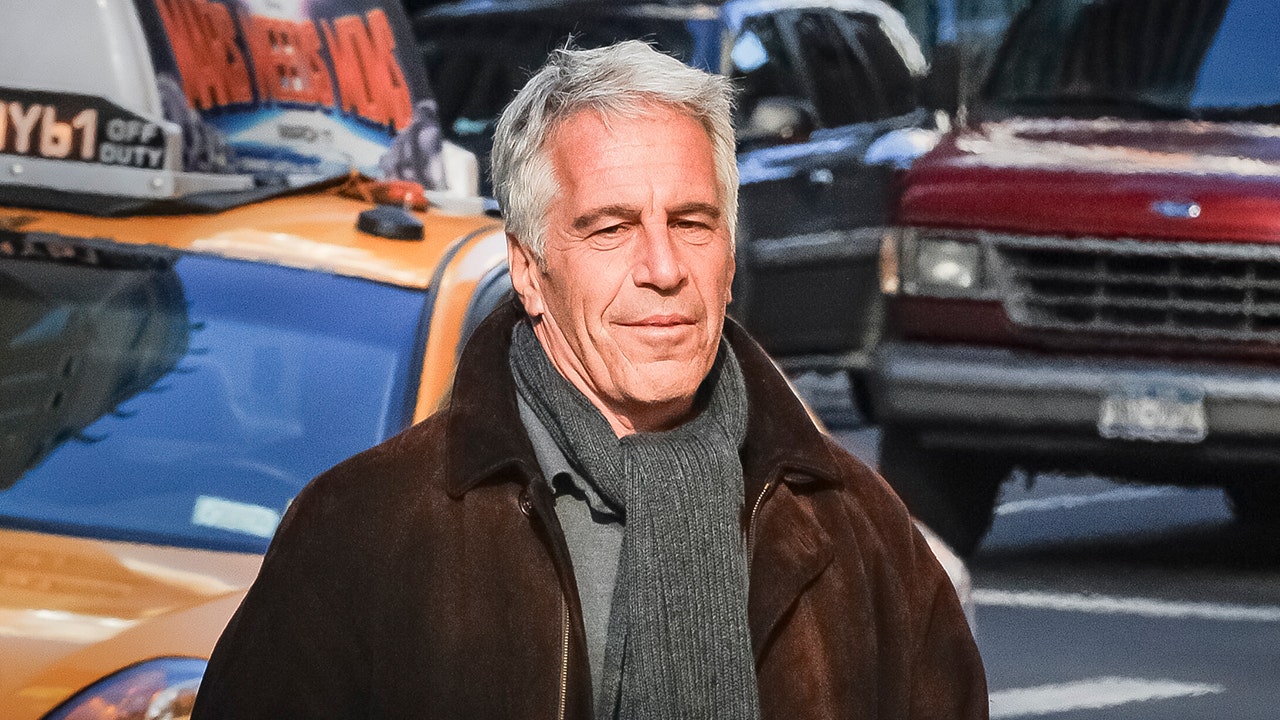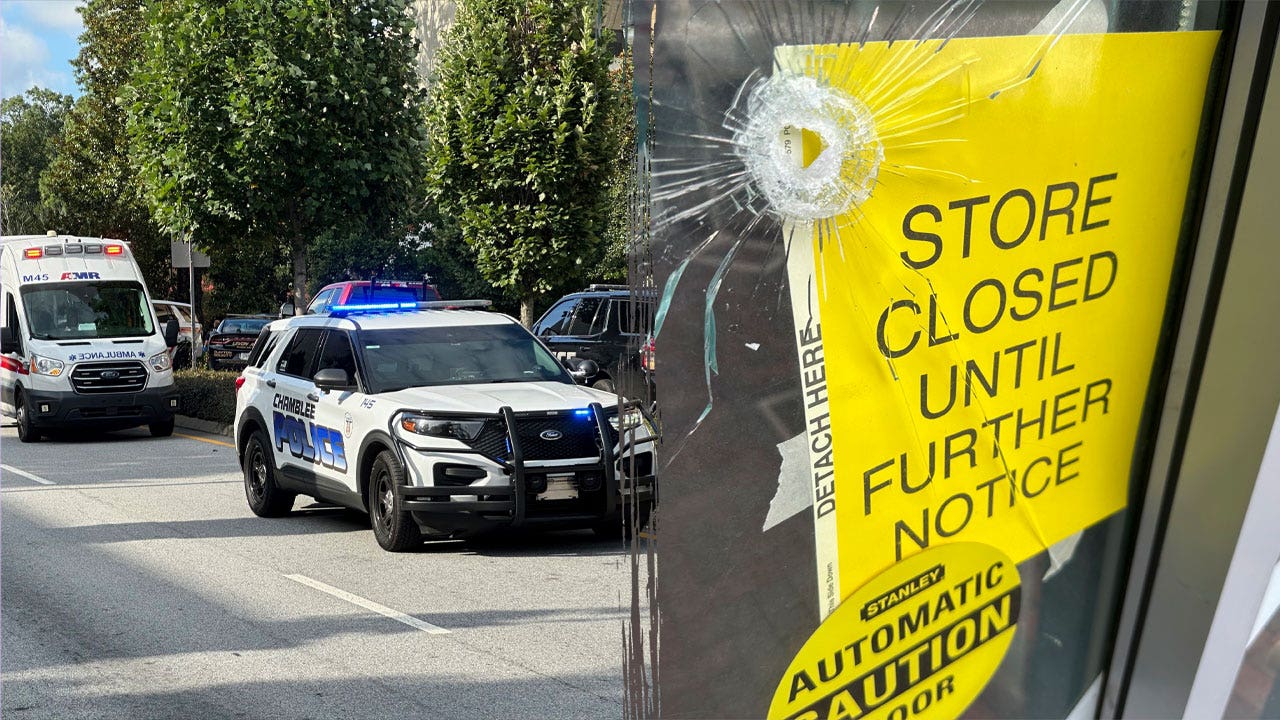A pair of Texas friends died less than three months apart after ingesting pills laced with a dangerous new synthetic opioid, and now their mothers are begging US officials to sound the alarm on the little-known drug up to 43 times more lethal than fentanyl.
The young men both died this year after swallowing different pills secretly tainted with the deadly, often Narcan-resistant opioids known as nitazenes, which have begun seeping into the US at an alarming rate.
Lucci Reyes-McCallister, 22, died January 26 near Houston, Texas, after taking a pill labeled as Xanax that was actually laced with N-Pyrrolidino Protonitazene, an emerging form of nitazene.
The particular strain of the new synthetic narcotic that killed Lucci is 25 times more lethal than fentanyl, but other nitazenes are between five and 43 times stronger, depending on the type, according to the Inter-American Drug Abuse Control Commission.
The stronger the strain, the more resistant the nitazene is to the overdose antidote Narcan, as seen in Lucci’s case.
“It was the first time I’d ever heard of it,” Lucci’s heartbroken mother, Grey McCallister, told The Post of nitazene.
“It took them seven rounds of Narcan to try to revive him,” she said.
But Lucci never came to.
Nearly six months after his death, Grey received a call from another mother in the area who revealed her son also died of the same form of nitazene.
It was Lucci’s friend, Hunter Clement, 21.
Hunter died on April 10 after taking a nitazene-laced pill branded to look like a Percocet.
A few weeks after his death, Ruthi came across a news article about the dangers of nitazenes.
“I told my husband, ‘I feel like that could be what Hunter died from,’” she recalled.
Nitazenes are produced in clandestine Chinese labs and may have made their way to the cartels in Mexico using “their existing relationships” with “suppliers” in China, according to the Drug Enforcement Administration. The drug was developed over 60 years ago as an alternative to morphine, but was never approved for medical use because of its high risk of overdose.
Authorities in Europe have already seen several overdoses from the synthetic narcotic and the devastating poison is now starting to hit US shores more.
Last January, a Florida man confessed to distributing protonitazene that he received in the mail from labs in China, according to the IRS.
Customs officers at JFK are seeing the drug coming through the airport “at least a few times a week in quantities ranging from just a few grams to upwards of a pound or more,” Andrew Renna, Assistant Port Director for Cargo Operations at the airport, said in May.
And it’s all part of China’s “ongoing attack against America,” former acting DEA administrator Derek Maltz told The Post.
“As America is just now really starting to talk about fentanyl, we have now seen all these other substances that are popping up everywhere, and they’re coming out of these labs in China,” Maltz said.
Medical examiners in Houston and the surrounding Harris County have already seen four cases of nitazene-related overdose deaths, according to the Harris County Institute of Forensic Sciences.
Hunter’s mother, Ruthi Clement, fought through tears as she recalled finding her son that fateful night with his face down in his bed and his body cold and purple. She quickly started giving Hunter chest compressions and two doses of Narcan, but it wasn’t enough to save him.
“Sometimes I get mad because I couldn’t save my own son, but I do want to save other people, even if it’s just one person in honor of him,” Ruthi told The Post.
Traditional drug tests don’t look for nitazenes since US authorities are just now learning of their existence, the two grieving mothers said.
Nitazenes are not in the standard toxicology tests used by Harris County medical examiners and the screenings are only ordered “if there is suspected nitazene use and there is no other toxicology to explain the death,” the office said.
The mothers are now warning America’s youth in the hopes of saving lives.
“They could think something is clean or rather safe when it’s actually pressed for something that’s 20 to 40 times stronger, more deadly than fentanyl,” Grey said.
“It just really lit a fire under me. There was no way Lucci was going to die in vain,” she added.
Maltz urged the feds to run educational programs and social media awareness campaigns to meet kids on platforms “where they are.”
“You have to educate these kids, you have to have mandatory education. The social media influencers, the athletes, the role models to speak out on social media sites with these video reels to educate the kids. That’s where they are, they’re not watching the news,” Maltz said.
Read the full article here















